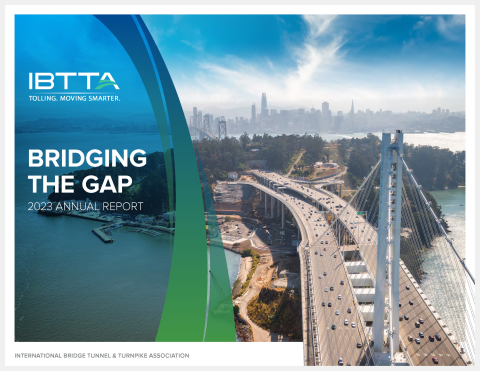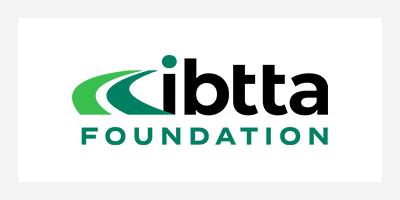- Home
- All Electronic Tolling Summit Will Trace Next Steps In Interoperability Journey
All Electronic Tolling Summit Will Trace Next Steps in Interoperability Journey
Written by Mitchell Beer for IBTTA
It’s been a banner year in the drive for North America-wide interoperability of electronic tolling systems.
But agencies still have a long way to go to meet the four-year interoperability deadline in MAP-21, the highway authorization bill that passed Congress a year ago. When participants gather in Denver July 21-23 for IBTTA’s Summit on All-Electronic Tolling, Managed Lanes and Interoperability, the association’s Interoperability Committee will lead a wide-ranging discussion on what the industry has achieved, and what has yet to be done to make the promise a reality.
“We know there are many paths to interoperability, and also many challenges, so we as an industry must find a way to take this migration journey together, ” a committee member told last year’s AET Summit.
But at the same time, the interoperability mandate was a challenge the industry invited Congress to enact: “To be honest with you, the four-year deadline that seems to have been imposed on us in the recent bill came from us,” said IBTTA veteran Ed Regan, Senior Vice President of CDMSmith.
Interoperability Surges Forward
Over the last year, the Interoperability Committee has been hard at work on the technical requirements behind a soaring vision: a nationally interoperable network of electronic toll collection (ETC) systems that works through a small collection of regional service centers, or hubs. A central information exchange would give operators the ability to match toll tags or license plate images from other ETC systems to a customer’s prepaid account.
The technology maps and back office processes behind these data transfers are beginning to take shape, but there’s still a lot of work to be done. During the Denver Summit, Interoperability Committee members will talk about the challenges ahead, including uniform standards for license plates, access to motor vehicle records, and system certification standards.
Learning from Other Industries
At last year’s AET Summit, Interoperability Committee Chair Marty Stone identified institutional issues in four main areas:
- Multiple brands in the public marketplace
- Different, disparate technologies
- High costs for any operators that have to change over their systems
- The absence of a national or North America-wide financial infrastructure to exchange and settle transactions.
But that picture would sound very familiar to anyone who was watching the cell phone industry 20 years ago. “They fixed it, and they didn’t do it by dumbing down their system to meet the low-end service provider,” Stone said. With innovative solutions and a focus on the customer, “we have an incredibly robust, nation-wide communications service that virtually all of us use today” through a single account.
Visit IBTTA’s website for more information on this year’s Summit on All-Electronic Tolling, Managed Lanes and Interoperability.
Joining IBTTA connects you to a global community of transportation professionals, offering unmatched opportunities for networking, knowledge-sharing, and collaborative innovation in the tolling and transportation sector.
Follow IBTTA on social media for real-time updates on transportation trends and collaborative opportunities.





